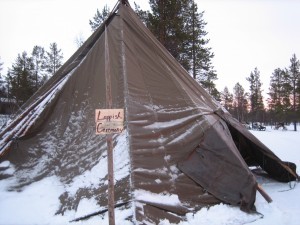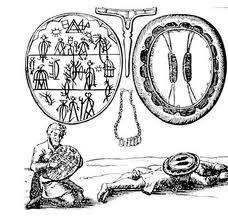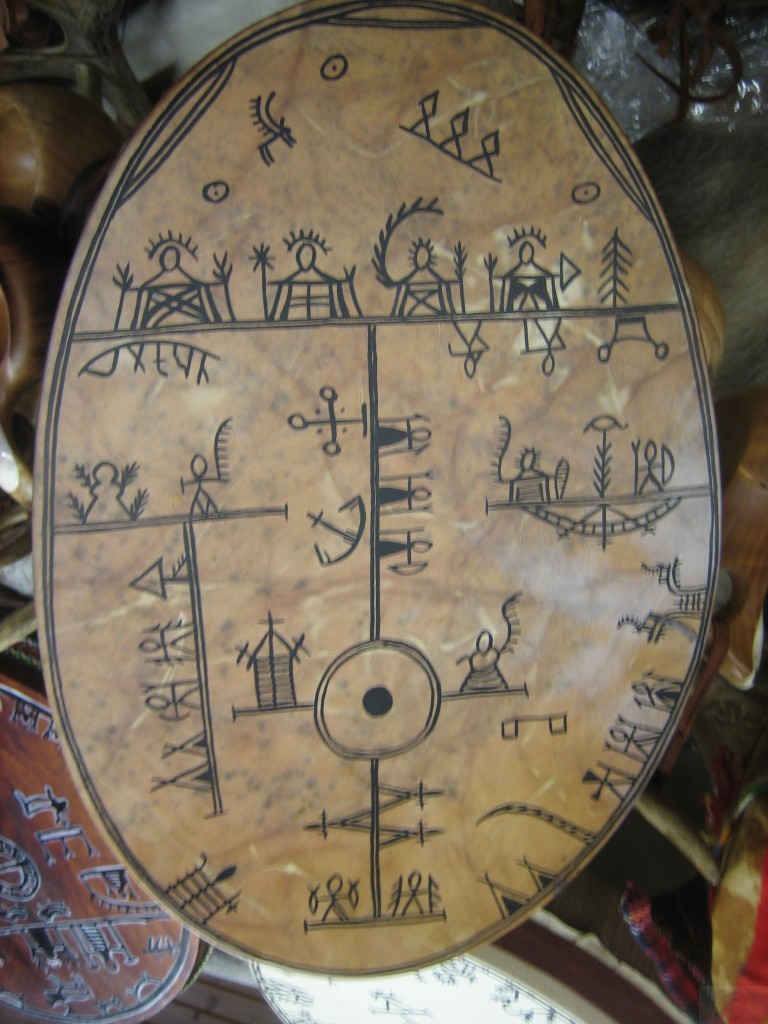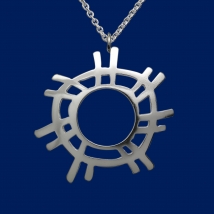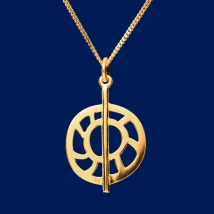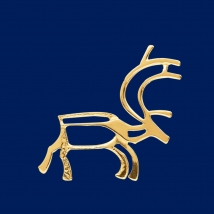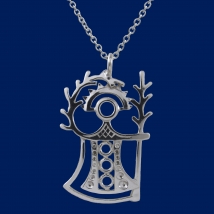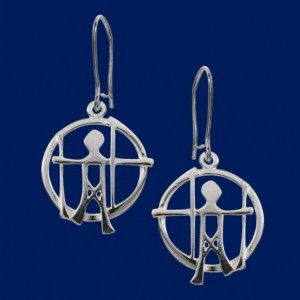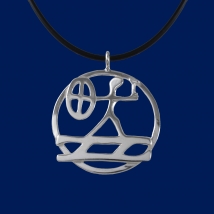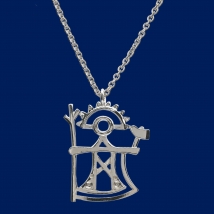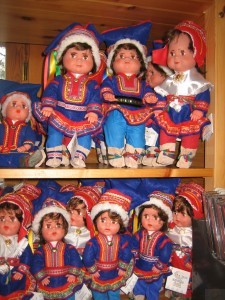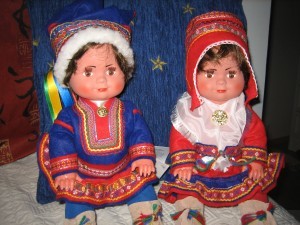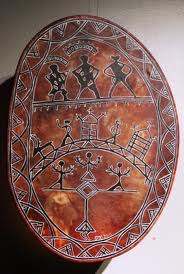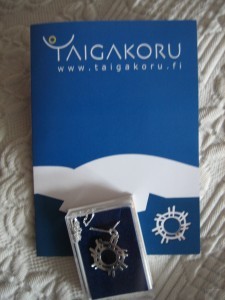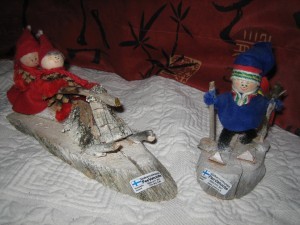To start with, I want to explain to you what a shaman is. A shaman is a person regarded as a messenger between the human world and the spirit world. The shaman typically even enters into trance state during a ritual where he drums on his magical drum. The shaman communicates with the spirits on behalf of the community, including the spirits of the deceased. The shaman communicates with both living and dead to reduce unrest, unsettled issues, and to deliver gifts to the spirits.
 Shamans have various strengths. Shamans have the knowledge and the power to heal by entering into the spiritual world or dimension. The shaman may have or acquire many spirit guides, who often guide and direct the shaman in his travels in the spirit world. These spirit guides are always present within the shaman though others only meet them when the shaman is in a trance. The spirit guide energizes the shaman, enabling him to enter the spiritual dimension. The shaman heals within the spiritual dimension by returning ‘lost’ parts of the human soul from wherever they have gone.
Shamans have various strengths. Shamans have the knowledge and the power to heal by entering into the spiritual world or dimension. The shaman may have or acquire many spirit guides, who often guide and direct the shaman in his travels in the spirit world. These spirit guides are always present within the shaman though others only meet them when the shaman is in a trance. The spirit guide energizes the shaman, enabling him to enter the spiritual dimension. The shaman heals within the spiritual dimension by returning ‘lost’ parts of the human soul from wherever they have gone.
There are many variations of shamanism throughout the world, but several common beliefs are shared by all forms of shamanism. Common beliefs are the following:
- Spirits exist and they play important roles both in individual lives and in human society.
- The shaman can communicate with the spirit world.
- Spirits can be benevolent or malevolent.
- The shaman can treat sickness caused by malevolent spirits.
- The shaman can use trance inducing techniques to incite visionary ecstasy and go on vision quests.
- The shaman’s spirit can leave the body to enter the supernatural world to search for answers.
- The shaman evokes animal images as spirit guides, omens, and message-bearers.
- The shaman can tell the future, throw bones and do other varied forms of divination
Sami shamanism is shamanism as practiced by the Sami people in Lapland. Though they varied considerably from region to region traditional Sámi beliefs consist of three intertwining elements: animism, shamanism and polytheism. Just like the beliefs of many other indigenous people all over the world.
Living of the nature has formed the original conceptions of the world among Sámi; the world view was animistic by nature, with shamanistic features. They believe that all objects in the nature have a soul. Therefore, everybody is expected to move quietly in the wilderness; shouting and making disturbance is not allowed. The marks on the forehead of the tourists after visiting a shaman mean they have been in contact with a reindeer’s soul and are called to return to Lapland in shape of a reindeer.after their death.
The shaman has often a ceremonial drum known as goavddis in Northern Sami and gievrie in Southern Sami, but he does not have a ceremonial dress. He is probably also yoiking in the important ceremonies. The drum has been referred to as a magic drum or fortune-telling drum by the Sami’s neighbors, and the shaman is considered to be a “magician”.
The drum was originally an instrument for the shaman when he was going into trance. The monotone drumming helped him to reach the trance. That was very much condemned by the community and judges gave various punishments: fines, imprisonment, flogging and even death if the shaman did not stop using drum ceremonies. The Sami tried to defend themselves by stating that the drum was used as a `compass’, and even as a `calendar’, but the judges were not convinced. A larger number of drums were burned during the 17th and 18th centuries, although some 70 are still preserved. Nowadays drums are manufactured again.
The ceremonial drum, linked to the shaman, has paintings on the membrane. The fortune-telling drum has a wealth of pictures, which are a source of inspiration for Sami artists, but which are difficult to interpret.
Some of the most common pictures on the drums are The sun (Beaivvás), The moon (Mámmu), The salmon (Guolli), The reindeer (Boazu), The Goddess of fertility (Varalden), The God of hunting (Leibolmmái), The Shaman drum (Goavddis) and The God of thunder (Diermmes). Taigakoru in Lapland manufactures silver jewelry with symbols from the shaman drum.

